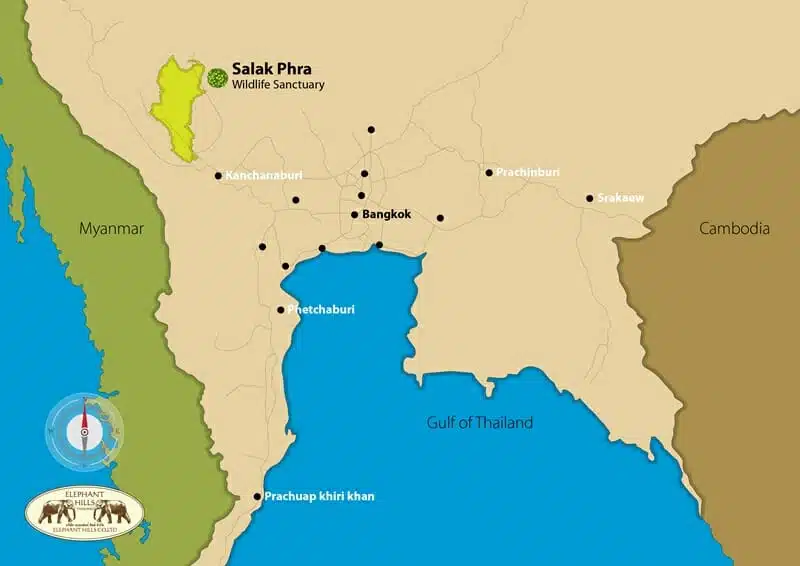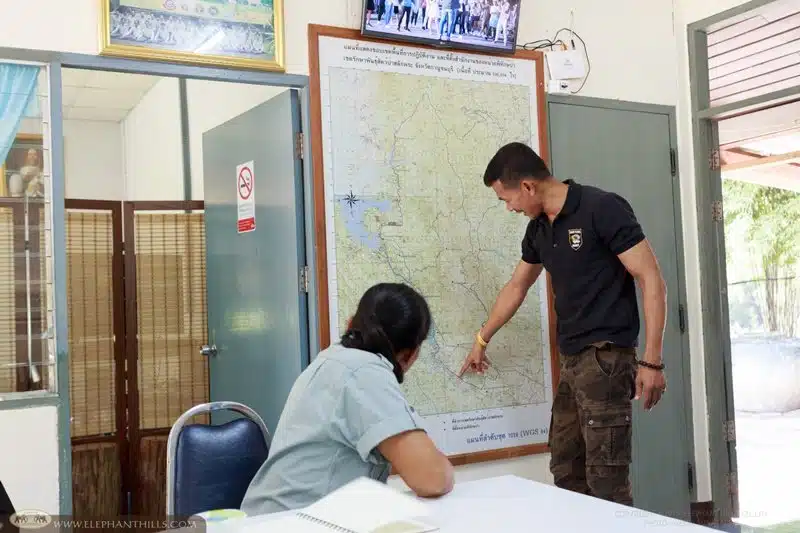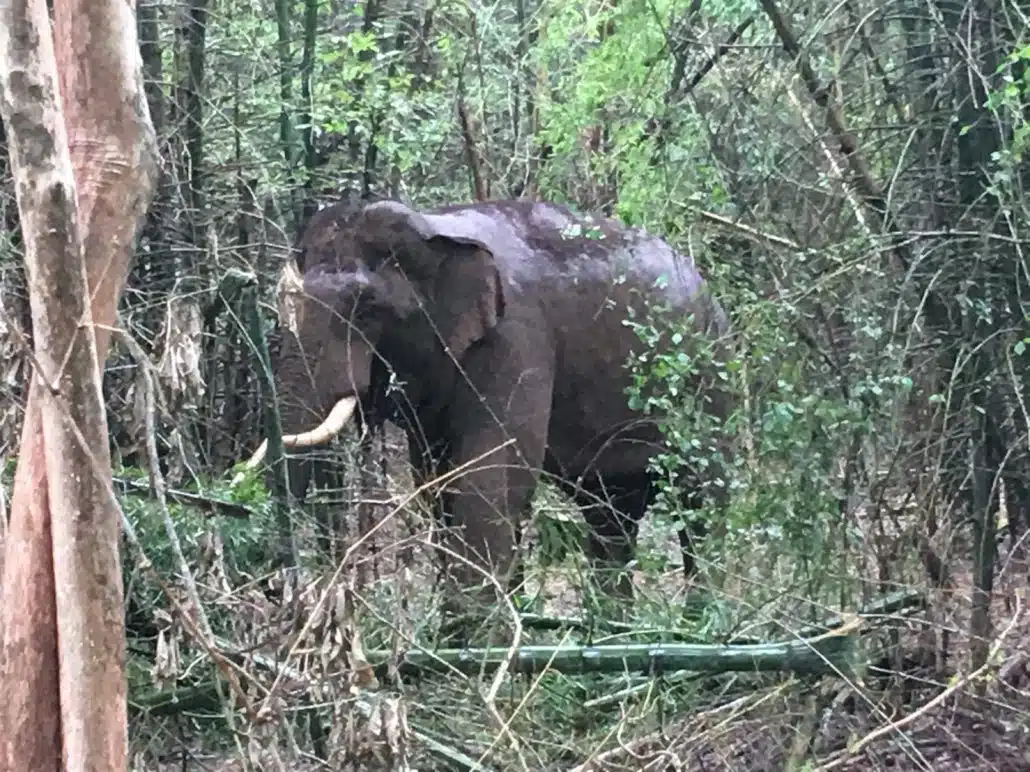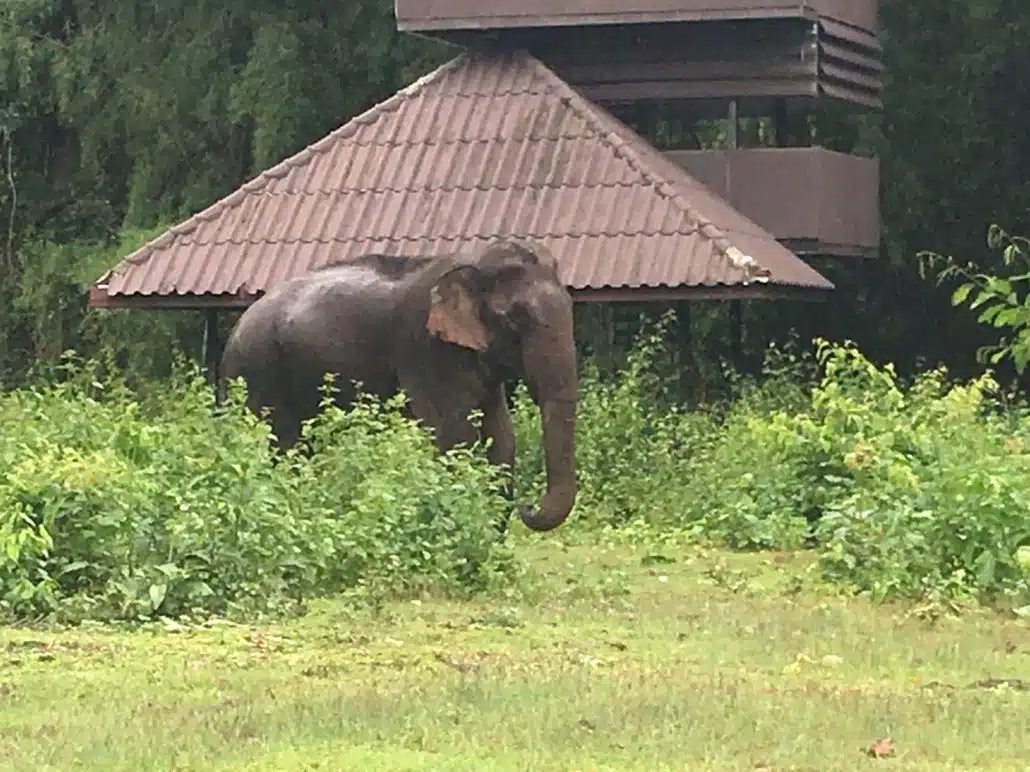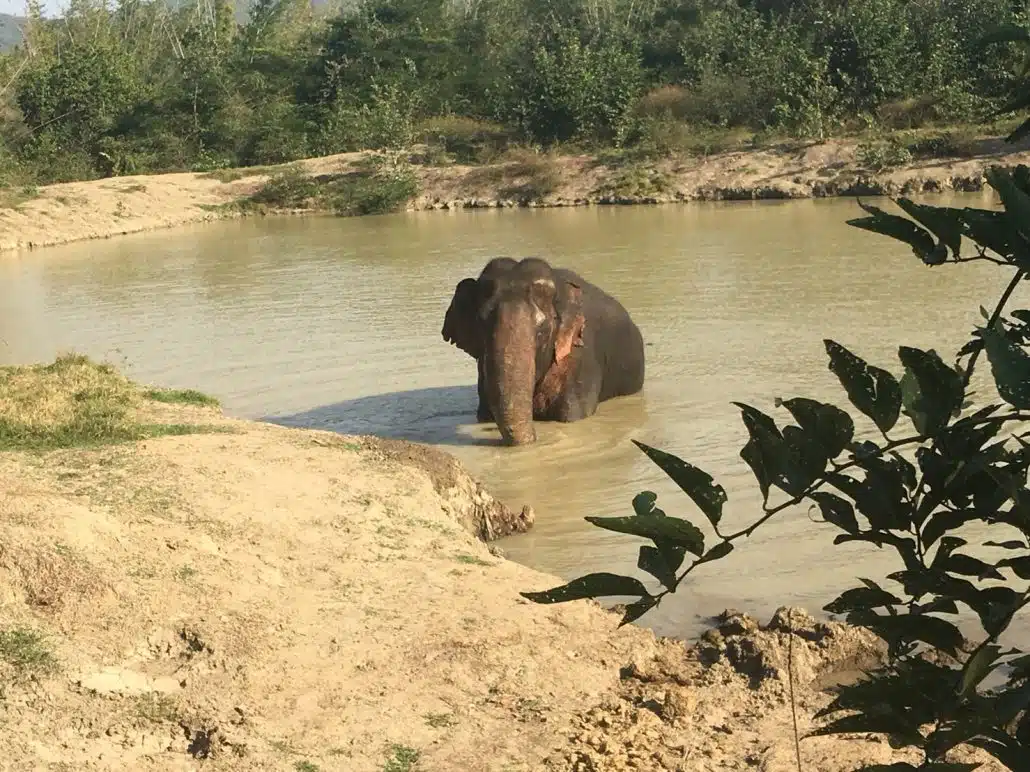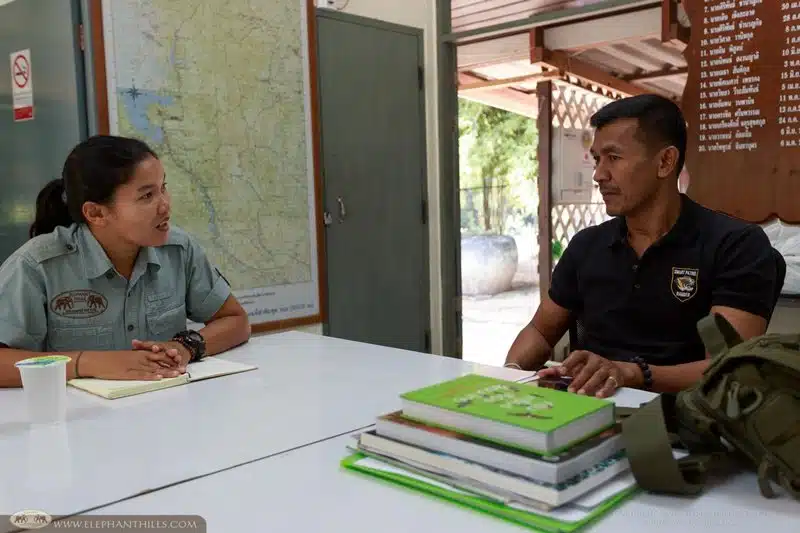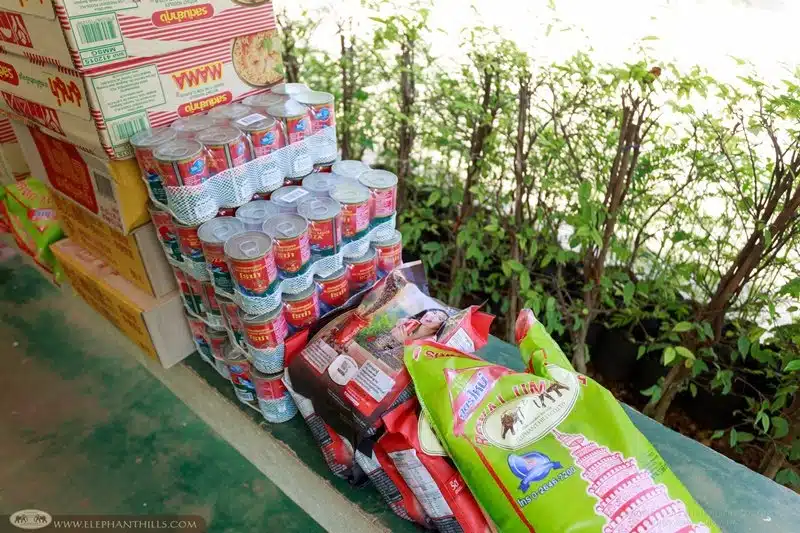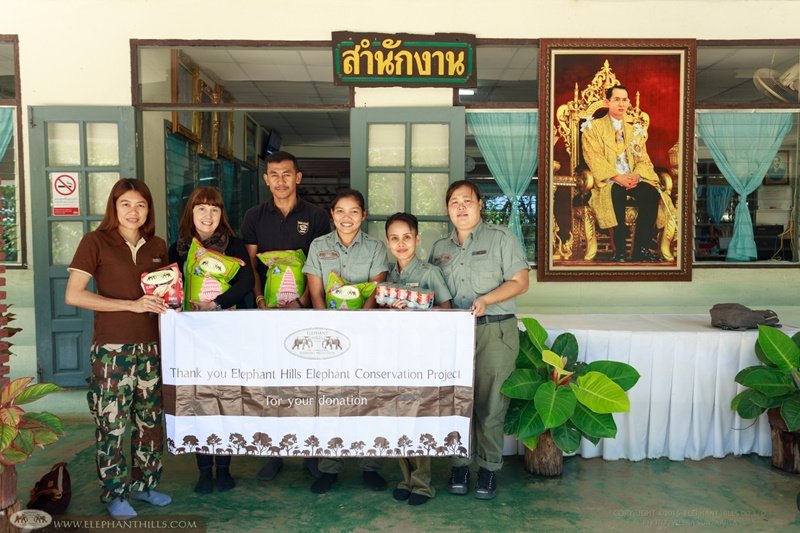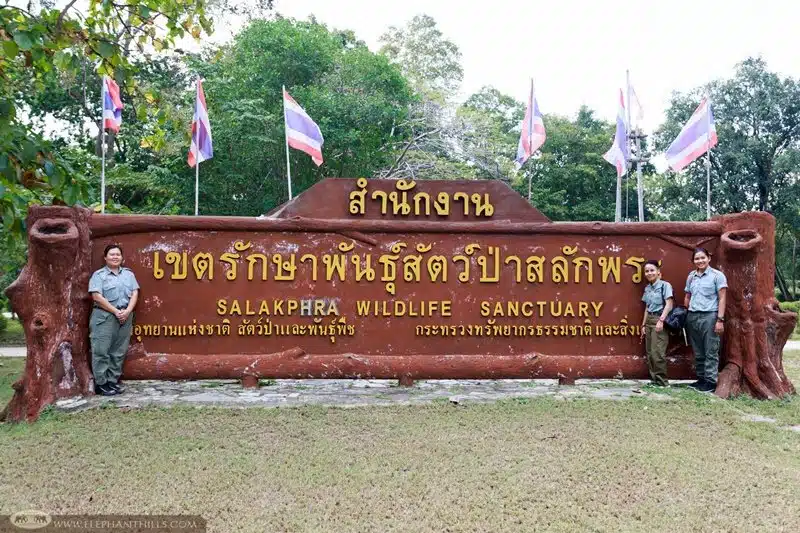Finding ways to keep wild elephants safe in the forest

To learn more about wild elephants and human-elephant conflict in Thailand, our Elephant Conservation Project team recently drove through the country to visit several National Parks and Wildlife Sanctuaries. One of the interesting locations visited was Salak Phra Wildlife Sanctuary, located in Kanchanaburi – the largest province in the Western Thailand.
The very first Wildlife Sanctuary in the Kingdom of Thailand, Salak Phra was established already in 1965. Its forests cover the area of 858 km2 and based on a dung DNA test in 2012, are a home to 250-270 elephants. The terrain in the sanctuary has plenty of height variation, as large percentage of the area is mountainous. This partly explains the need for the elephants to seek more food and living space outside the Wildlife Sanctuary borders, as they prefer lowlands.
We have co-operated with this Wildlife Sanctuary through our Elephant Conservation Project in the past, and were pleased to meet the head of the Wildlife Sanctuary. In 2015 Elephant Hills donated an electric fence to Salak Phra Wildlife Sanctuary to support them with their continuous efforts keeping the wild elephants safe in the forest. It was good to hear that the electric fence was still in use, and has helped the Wildlife Sanctuary a lot over the years.
The good news is that the number of wild elephants in Salak Phra seems to be on a steady rise. The head of the Wildlife Sanctuary suspected that decline in poaching and lack of natural predators, such as tigers are the main reasons for the growth in wild elephant populations here and all over Thailand. In several decades, they have had just one sighting of a tiger in this area.
The problems rising from wild elephants foraging in locals’ plantations started about 14 years ago. First there were just a couple of sightings and little damage done for the farmers’ crops, but eventually more and more elephants started crossing the sanctuary borders. The locals defended themselves by buying harmful equipment, such as improper electric fences and fire crackers to fend off the elephants. A cheap home-made electric fence connected to a 220-voltage household power system was often lethal for the elephants.
Today, there are about 30 elephants regularly “trespassing” human settlements and farmland. Although the means of fending off the wild elephants have since improved, the Wildlife Sanctuary is under a huge pressure to solve the ever-rising issues. Unlike in Kui Buri, creating a new livelihood in a form of tourism isn’t a viable option for Salak Phra, since it’s not a National Park that can attract a lot of visitors and generate income from ticket sales.
Instead, the strategy here is to try to keep the elephants in the forest and try to negotiate with and educate the local people. Sometimes, as we can easily imagine, it’s very challenging to discuss with the locals as the damage and therefore costs occurred can be massive. Furthermore, the human-elephant conflict is not a decades-old issue that the locals have learnt to cope with over the years. The issues seem to increase as steadily as the number of wild elephants living in the area.
Much help is needed in Salak Phra to aid the officers to keep the wild elephants at bay. According to the head of the sanctuary, human-made salt licks are not necessary nor effective here, but one of the plans include digging a large pond deep in the forest to provide the elephants with a place for drinking and cooling down. In the future they are also considering increasing the number of electric fences.
To support the areas most affected by human-elephant conflicts, we are currently looking for companies to co-operate with our Elephant Conservation Project through corporate sponsorship. Please contact us if your company would be interested in aiding the wild elephants in Thailand.
Stay up to date about the latest developments at Elephant Hills! Sign up for our newsletter now.



